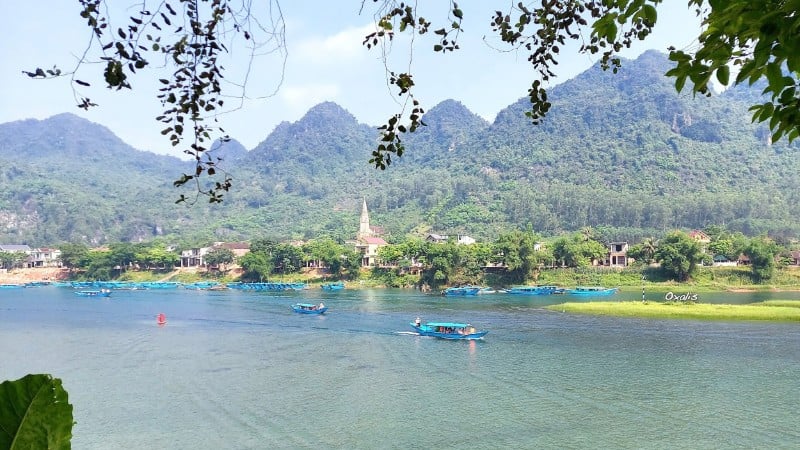
Currently, a cooperation and association plan is being built by both sides to improve the management, conservation and effective exploitation of this first inter-border natural heritage.
Potential comes with challenges
Director of Phong Nha-Ke Bang National Park Management Board Pham Hong Thai said that Phong Nha-Ke Bang National Park was recognized as a World Natural Heritage twice in 2003 and 2015. The park has a core area of over 123,000 hectares and a buffer zone of 220,000 hectares. Phong Nha-Ke Bang National Park shares a natural boundary with Hin Nam No National Park in Laos.
In terms of similarities, Phong Nha-Ke Bang National Park and Hin Nam No National Park are among the most outstanding and intact karst landscapes and ecosystems in the world.
Located at the intersection of the Annamese mountain range and the Central Indochina limestone belt, spanning the border between Vietnam and Laos. The karst formation has developed since about 400 million years ago and can be considered the oldest, large-scale karst area in Asia.
This place has an extremely diverse and rich flora and fauna (2,953 plant species, 1,394 animal species), with 43 newly discovered species and many rare species indicating the forest ecosystem on limestone mountains. Particularly in terms of underground structure in Phong Nha-Ke Bang, there are about 1,000 caves, of which 425 caves have been surveyed, measured, and exploited to serve the development of tourism services.
Unique biodiversity with a number of endemic species living in tropical ecosystems as well as cave systems and underground rivers give Phong Nha-Ke Bang National Park special values of global significance.
The two National Parks mentioned above both have quite large buffer zones, while the lives of people in this area are still difficult, the situation of deforestation for livelihood is complicated. On the other hand, the infrastructure conditions of transportation, communication, human resources... serving the work of forest protection are still weak and lacking, not meeting the increasingly high requirements for the work of protecting and conserving heritage resources in the new period.
According to comrade Pham Hong Thai, it is necessary to soon specify the tasks and goals of effective cross-border cooperation and coordination, contributing to preserving and promoting the value of common heritage for today's and future generations.
Soon to have a cross-border cooperation framework
Lao Minister of Culture and Tourism Suanesavanh Vignaket said that the Lao Government and society are honored that Hin Nam No National Park has been listed as an extension of Phong Nha-Ke Bang National Park, a World Natural Heritage Site in Vietnam. The Lao Government will continue to work with the Vietnamese Government to strengthen cooperation at all levels of society, with a focus on enhancing the consultative and inclusive participation of local communities in the management of this precious World Heritage Site.
According to Jonathan Wallace, Chief Representative of UNESCO Office in Vietnam, the World Heritage Committee pointed out that these parks are facing significant pressures: invasive species, illegal hunting, resource exploitation, infrastructure development and expanding tourism. To address these challenges, there needs to be strong coordinated management by all levels of government and active participation of the community as beneficiaries and custodians. Community participation in protecting, preserving and conserving world heritage is very important, deciding the effectiveness of heritage conservation work.
Last July, UNESCO approved the World Natural Heritage Phong Nha-Ke Bang National Park (Quang Tri) to adjust its boundaries to include Hin Nam No National Park (Kham Muon, Laos) to become the first transboundary natural heritage in Southeast Asia.
At the International Workshop on Cross-Border Cooperation between Phong Nha-Ke Bang National Park and Hin Nam No National Park, comrade Pham Hong Thai said that the cross-border cooperation framework is one of the tools for good heritage management and is also the foundation for implementing current and future cross-border cooperation activities.
The workshop identified a common vision and eight management cooperation goals until 2050. On that basis, the parties concretized the goals into practical, feasible and sustainable activities in the fields of: Biodiversity conservation, scientific research, ecotourism development, improving community livelihoods and sustainable transboundary heritage management.
From the perspective of a tourism expert, Mr. Nguyen Chau A, General Director of Oxalis Adventure, said that the condition for UNESCO to approve this is that this must be a joint heritage between Phong Nha-Ke Bang and Hin Nam No. This means that if there is any encroachment from any side, it will affect the heritage title of both.
These two National Parks currently have a border gate that goes through the heritage, which is Road 20 Quyet Thang and Ca Roong border gate. Currently, this border gate only allows citizens of the two countries to pass through and does not allow citizens of third countries to pass through. In the future, if this border gate is upgraded to an international border gate exclusively for tourism, tourism activities will be more diverse and these two heritages will become the most attractive tourist destinations in Southeast Asia, bringing wonderful experiences that cannot be found anywhere else.
Chief Representative of UNESCO Office in Vietnam Jonathan Wallace hopes that the Governments of Vietnam and Laos as well as the two provinces sharing a border, the owners of the first cross-border heritage in Southeast Asia, will work together with specific actions, goals and solutions so that Phong Nha-Ke Bang and Hin Nam No can continue to inspire the world as symbols of exemplary international cooperation, protecting and preserving natural wonders sustainably.
Source: https://nhandan.vn/lien-ket-bao-ton-khai-thac-di-san-lien-bien-gioi-post913640.html





![[Photo] Closing of the 13th Conference of the 13th Party Central Committee](https://vphoto.vietnam.vn/thumb/1200x675/vietnam/resource/IMAGE/2025/10/08/1759893763535_ndo_br_a3-bnd-2504-jpg.webp)





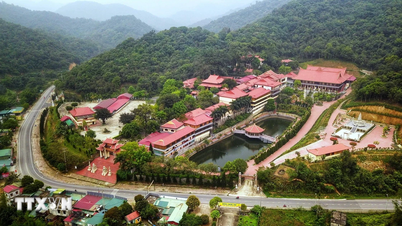




























































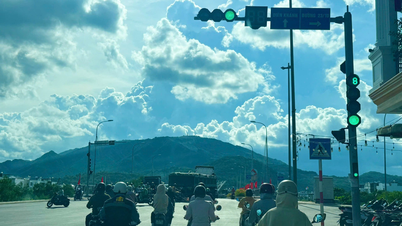



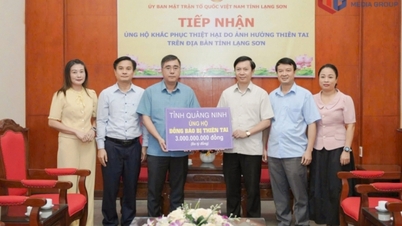




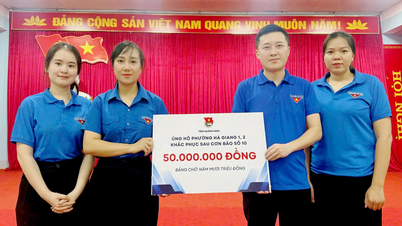
















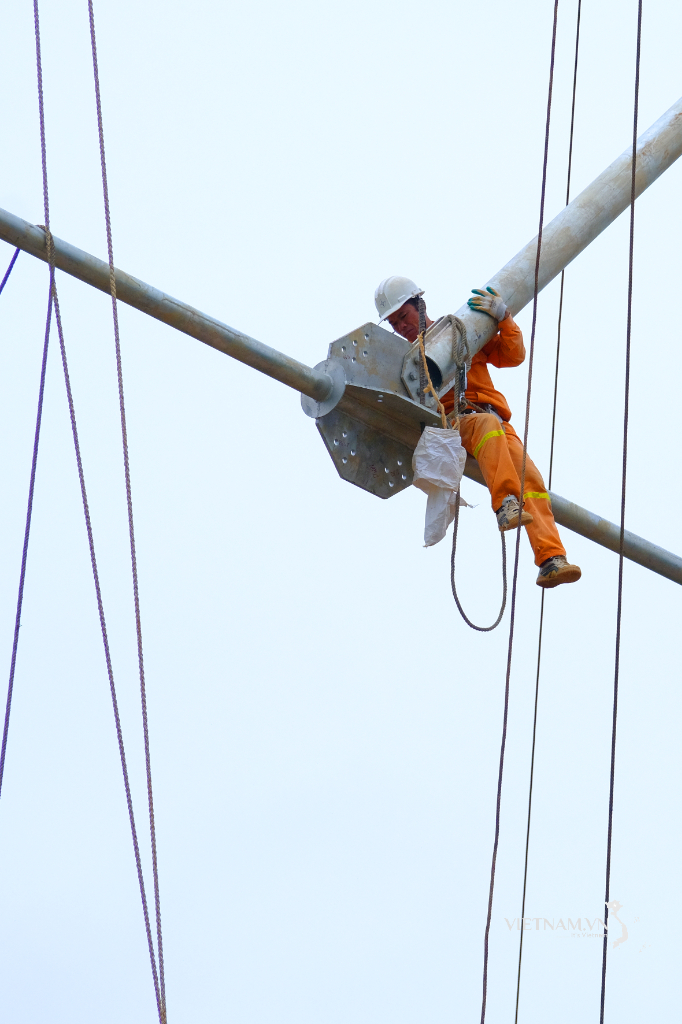
Comment (0)